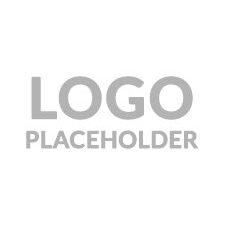Clinician Resources
This section aims to introduce fundamentals of neurorehabilitation, and help to translate current research into best clinical practices.
Phases of Recovery
Initial Phase - Spontaneous Biological Recovery
Spontaneous Biological Recovery refers to the motor recovery that takes place largely within the first 3-6 months after stroke. This is a period of increased neuroplasticity, and is the period in which the most intrinsic change in body system functions occurs (Goldsmith et al., 2022; Krakauer & Marshall, 2015). The Proportional Recovery Rule is a statistical model based on Fugl-Meyer Assessment (FM) of upper limb function after stroke, and can be used to predict spontaneous recovery during this period (Krakauer & Marshall, 2015). The rule states that most patients will recover 70% of their maximum spontaneous recovery within the first 3-6 months (based on FM scores) (Prabhakaran et al., 2008).
Clinical focus during this phase should be on remediation interventions that expand upon current abilities via learning and practice. This type of intervention is focused on increasing capacity for movement and reacquisition of former skills and motor patterns via practice and therapeutic interventions (Levin et al., 2009)


Chronic Phase
The time period beginning 6 months after stroke begins to enter into a more chronic phase, where large changes in intrinsic physical ability slow (Goldsmith et al., 2022). ***[SG] expand this intro***
Approach during this period should differ from that of the initial phase, with a shift in focus to functional recovery [needs citation]. Functional recovery can be viewed from a motor learning perspective, relatively permanent changes that occur after practice or experience. (Schmidt & Lee, 2011). It can be comprised of both compensatory mechanisms as well as true motor recovery (Levin et al., 2009).
Compensatory strategies
- Defined by using alternative movements or supports to complete a task, including alternate muscle groups/joints and adaptive technology (Levin et al., 2009; Zeiler & Krakauer, 2013)
- Motor compensation – new motor patterns adapted from available abilities (Levin et al., 2009)
References
Inter-individual variability in the capacity for motor recovery after ischemic stroke | 2008 | Neurorehabilitation and Neural Repair Prabhakaran, S., Zarahn, E., Riley, C., Speizer, A., Chong, J. Y., Lazar, R. M., Marshall, R. S., & Krakauer, J. W.
What do motor “recovery” and “compensation” mean in patients following stroke? | 2009 | Neurorehabilitation and Neural Repair Levin, M. F., Kleim, J. A., & Wolf, S. L.
The interaction between training and plasticity in the poststroke brain | 2013 | Current Opinion in Neurology Zeiler, S. R., & Krakauer, J. W.
The proportional recovery rule for stroke revisited | 2015 | Annals of Neurology Krakauer, J. W., & Marshall, R.
Arguments for the biological and predictive relevance of the proportional recovery rule | 2022 | eLife Kundert, A., Luft, A., Stinear, C., Byblow, W. D., Kwakkel, G., & Krakauer, J. W.
Motor control and learning: A behavioral emphasis (5th ed.) | 2011 | Human Kinetics Schmidt, R. A., & Lee, T. D.


